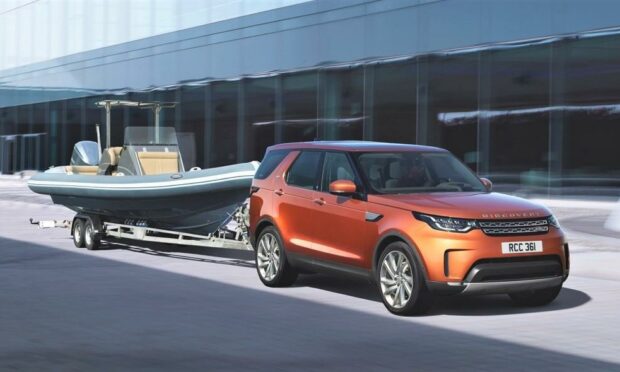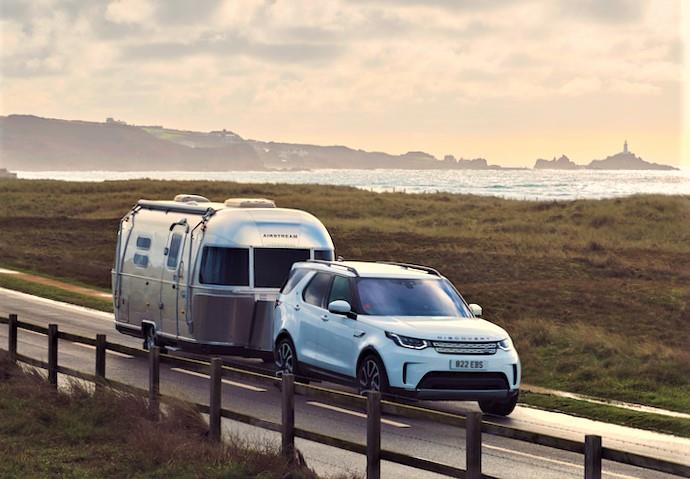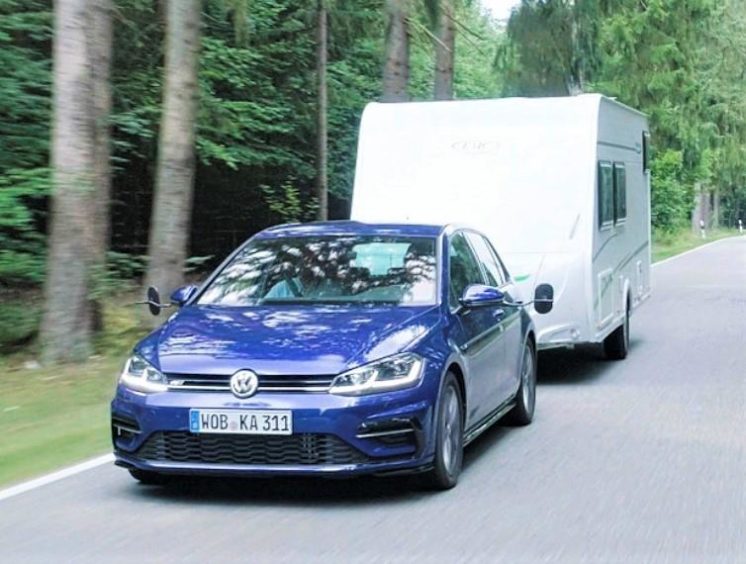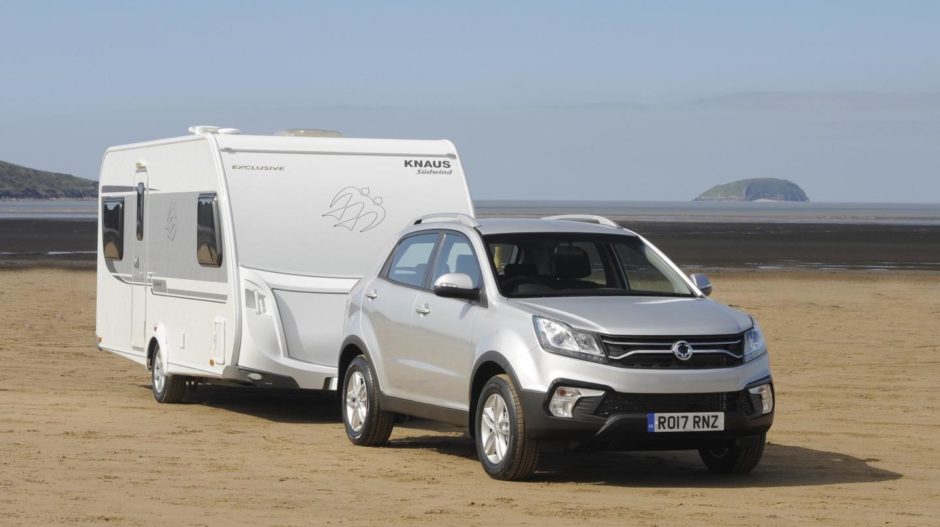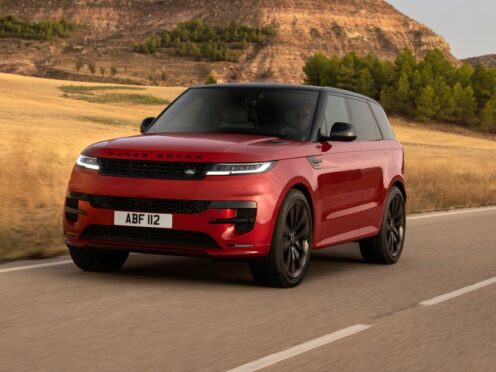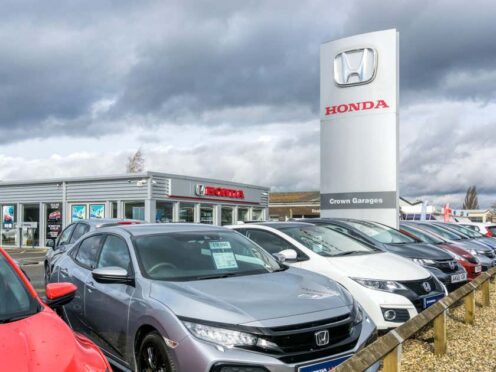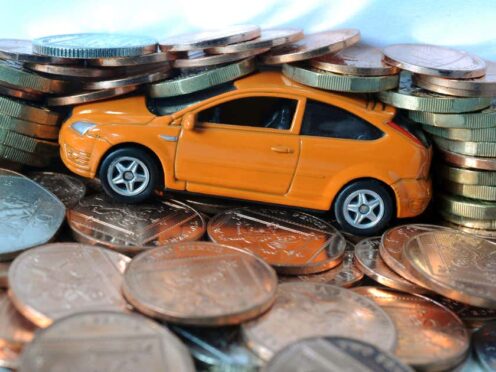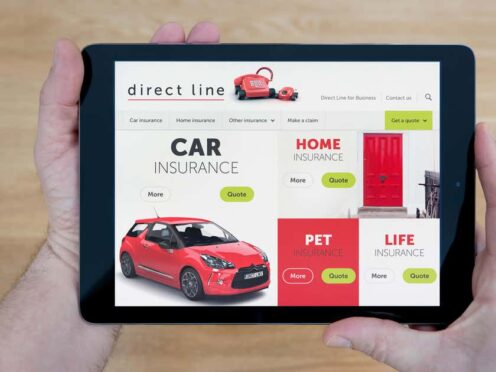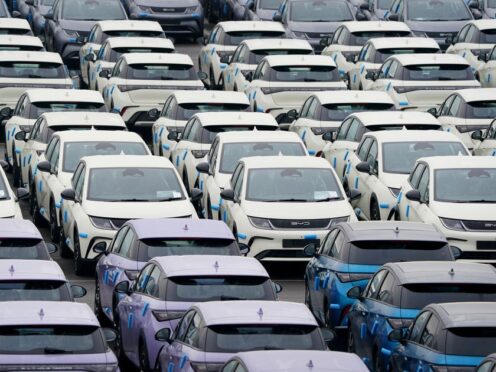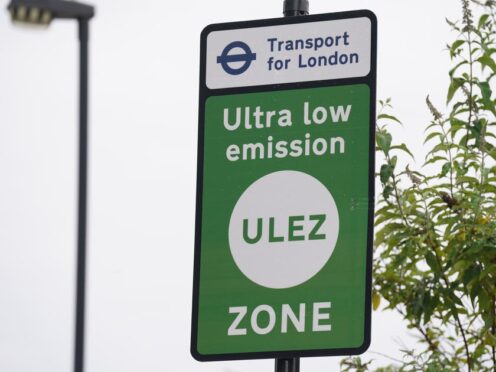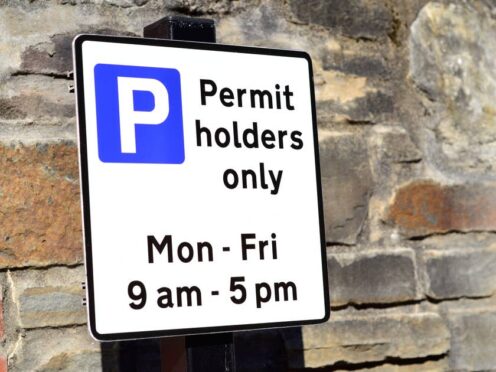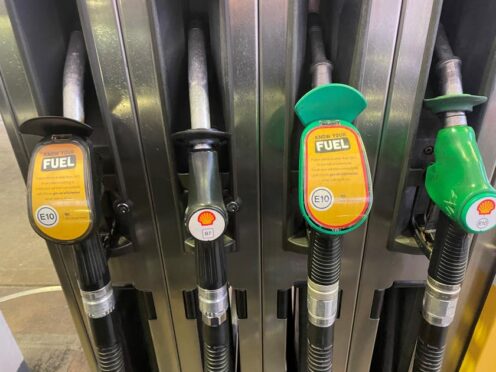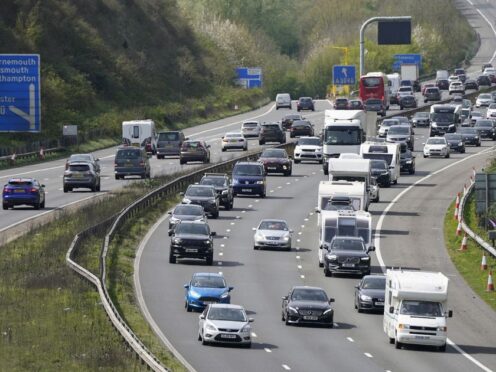Thinking of towing a caravan or trailer this summer? Here are some things keep in mind before heading out on the roads.
This summer is already shaping up as one for UK-based holidays and that means more people will take to the country’s roads in search of some much-needed time away. Holidaymakers will see a caravan as a way of escaping the day-to-day, with towing your own home-away-from-home a perfect option for many.
And those who fancy some time on the water with a boat will likely need to tow, as well. However, using a car for towing brings a whole range of requirements and things you need to know before hitching up and setting off.
Is my car up to the job of towing?
It’s a good place to start. Not all cars are up to towing, so you need to check before you dive in to try to hook a caravan or trailer up. You also need to check your car’s towing capacity – the weight it is permitted to tow includes a fully-loaded car and a fully-loaded caravan – which you’ll be able to find in the vehicle’s handbook.
You’ll also need to make sure that you’ve fitted an approved towbar. They need to meet EU legislation, which you’ll be able to find through the towbar’s manufacturer or retailer.
Do I have the right type of licence?
Not all drivers can just hook up a trailer and head on out. Those who passed their driving test before January 1, 1997, can usually drive a vehicle and trailer with a combined weight of up to 8.25 tonnes, but there are different rules for everyone else.
For instance, people who took and passed their test after January 1, 1997, are permitted to tow with a vehicle weighing up to 3.5 tonnes or with a 3,500kg maximum authorised mass (MAM) – or its weight fully loaded – towing a trailer with a fully-loaded weight of up to 750kg. You can also tow a loaded trailer weighing over 750kg as long as the combined weight of both it and the vehicle towing it does not exceed 3,500kg.
If you need to tow a trailer weighing more than 750kg when the combined weight of both it and the towing vehicle is more than 3,500kg, you’ll need to take an additional driving test to secure your B+E category licence.
Check the gov.uk website if you need to check what your licence type permits you to tow.
Is my trailer the right size?
Sadly, you can’t tow any length of trailer. UK rules stipulate that the maximum trailer width for any towing vehicle is 2.55 metres, while the maximum length is seven metres for a trailer being towed by a car weighing up to 3,500kg.
Does my trailer need a braking system?
Any trailer weighing over 750kg inclusive of the load it’s carrying must have a working brake system. If a trailer doesn’t have a braking system, the maximum allowed is 750kg, or half the kerbside weight of the towing vehicle. You’ll be able to find this in the vehicle’s handbook.
Have I set my tyres to the right pressure?
If you’ve got the right licence and the correct car, there are some checks you need to make. One of them is tyres – are they inflated to the correct pressures? You’ll be able to find the right pressures for towing a caravan or trailer in your vehicle’s handbook, inside the fuel cap or on a plate inside the driver’s door shuts.
If you’re unsure, always consult the manufacturer of your vehicle or contact a tyre professional who will be able to advise you on the right pressures for your car.
Are the speed limits the same for cars with or without trailers?
No. On single-carriageway roads where the speed limit for cars is 60mph, those towing a caravan or trailer must stick to 50mph. If you notice that you’re holding up traffic behind you, it’s best to pull over when safe to do so and allow cars to pass.
On a motorway or dual carriageway where the car speed limit is 70mph, you must travel at 60mph. Plus, on a three-lane motorway, you’re not permitted to use the outside lane if you’re towing. On a two-lane section, you’re fine to use the outside lane to overtake slower-moving vehicles.
On roads with lower speed limits, such as 30, 40 or 50mph, the same applies to those towing trailers or caravans as it does to regular cars.
Can I carry passengers in a caravan while I tow it?
Absolutely not. Passengers are not permitted to stay in the caravan while it’s being towed – they must be inside and seat-belted in the towing vehicle.
